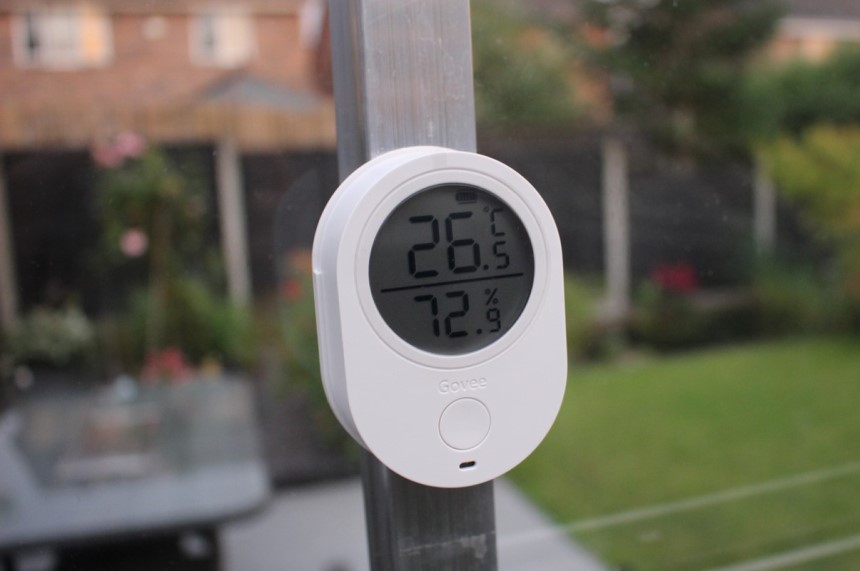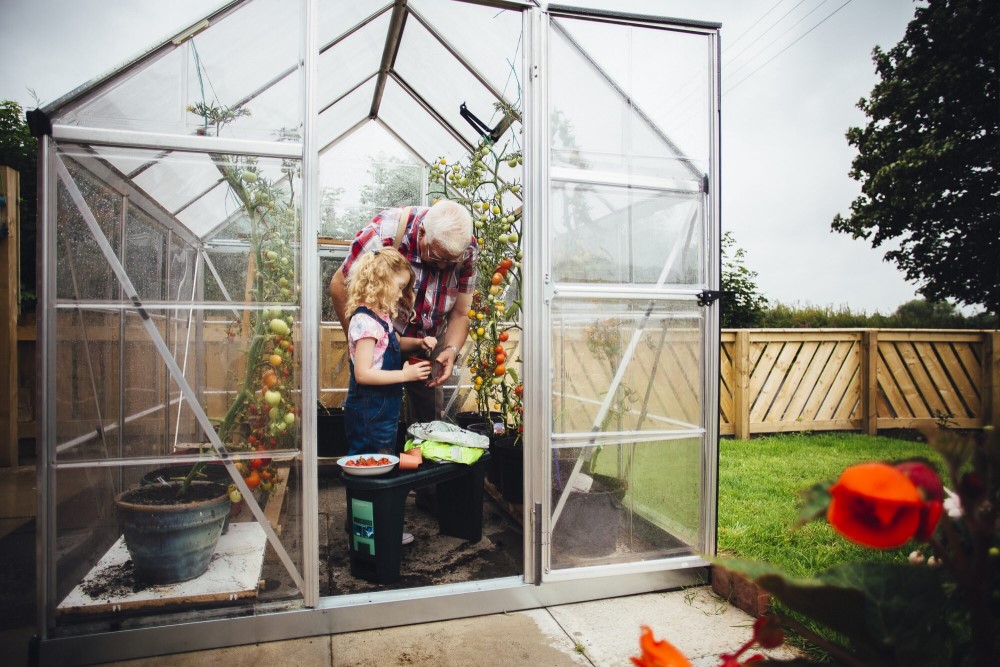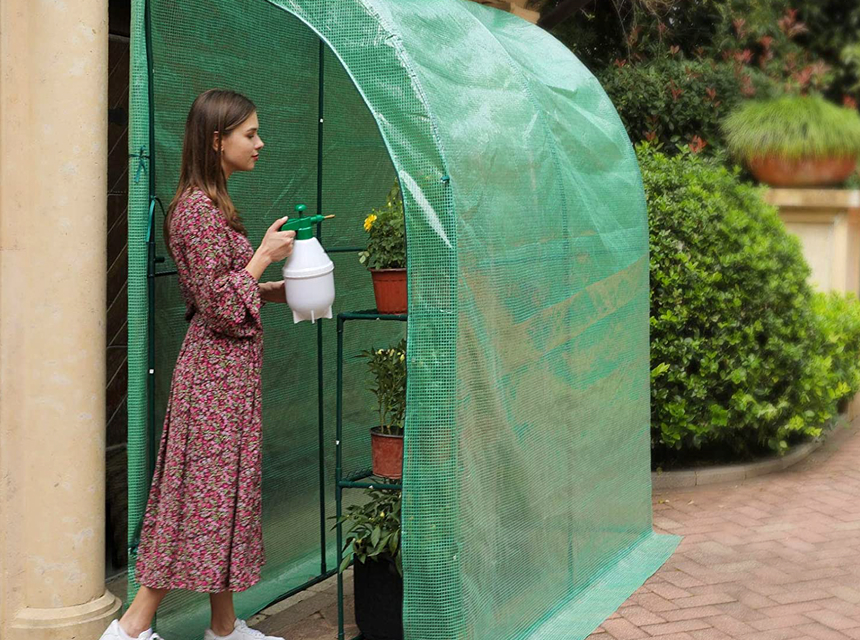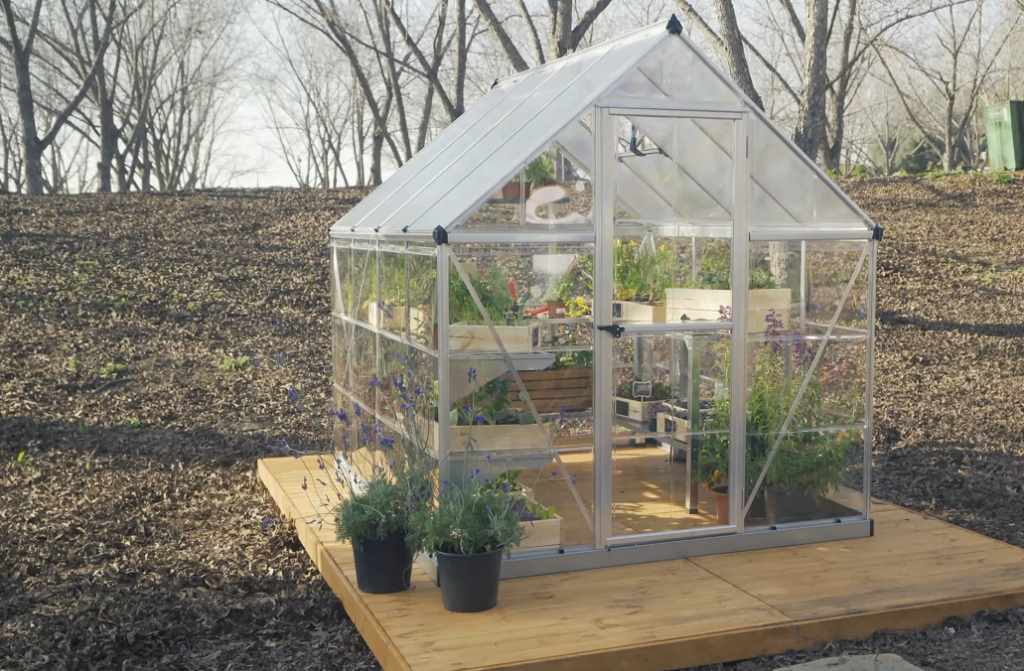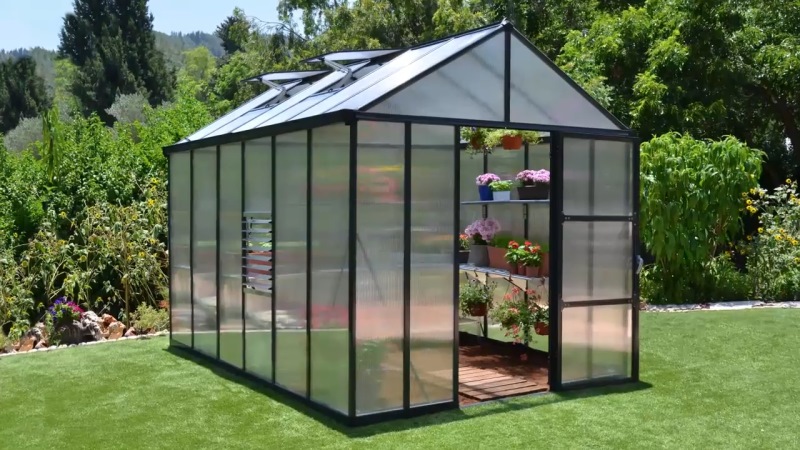
Whether you’re a new greenhouse owner or just wanting to expand your growing repertoire, knowing what to grow in a greenhouse in summer is vital if you want a good yield. Greenhouses are a wonderful invention that allows gardeners to maximize the sun’s rays and extend or enhance the growing seasons. Sometimes you’ll use your greenhouse to start and establish plant growing before transplanting outside in your garden. Other times, you’ll have plants that grow and stay in your greenhouse to make the most of the warmth it provides.
Planning your growing is important; you need to consider not only the plants, but the water sources, the temperature, and the ventilation. With a little focus and care, there is no reason why you can’t have a fruitful summer growing season with the help of your greenhouse.
In this article, we’ll cover the basics of greenhouse growing so that you get it right from the start. We’ll then go on to give you some ideas of the types of plants you can grow during the summer months.
If you think back to your school days and your biology lessons, you might remember a little about what plants need to grow. Firstly, a plant needs an energy source – light. Plants get their energy from the sun, which they use for photosynthesis. Photosynthesis is the process enabling plants to harness the sun’s light and convert it into chemical energy. For this to occur, the plants also need water and carbon dioxide.
During daylight hours, a greenhouse enhances the sun’s rays, so the plants can harness its light energy for photosynthesis. When plants are photosynthesizing, they produce oxygen. At night (in the absence of light), plants are only respiring and not photosynthesizing.
If you’re unsure how to choose a greenhouse, this article talks through a few examples of greenhouse kits available online.
If you don’t have a garden or space to put a greenhouse, all is not lost. There are some fantastic indoor greenhouses to be had. Of course, things will be a little different inside, but there are positives – the temperature is much more constant for one! You can also create any room in your home as a greenhouse too. Investing in some grow lights is an option some people go for.
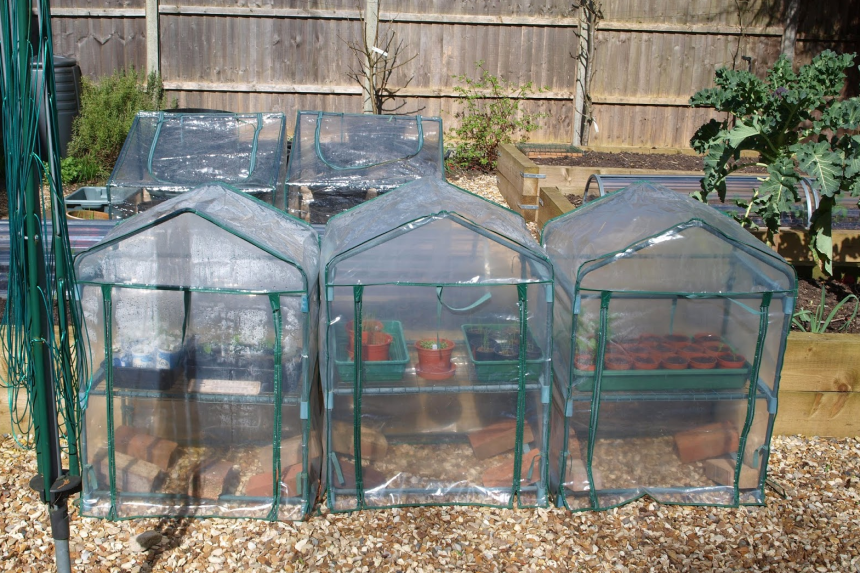
Greenhouses are great, but it’s not something that you leave unattended. Plants were growing in a greenhouse need just as much, if not more, attention like other plants in your garden. Let’s take a look at some of the things you need to consider when you grow plants in a greenhouse. For newbies, consider a greenhouse-like this one, which has excellent ratings and requires minimal effort for installation.
While many plants can tolerate the high temperatures inside a greenhouse, they can only do so with sufficient humidity, shading, and air circulation. This is necessary to prevent the temperature of the leaves from getting high enough to cause tissue damage.
Greenhouses usually have three sources of ventilation:
On very sunny days, all doors and vents should be open. They can also stay open at night if the temperature isn’t set to drop. You can also invest in a thermometer with maximum and minimum guidance to help you understand when it’s best to increase or decrease ventilation.
If you’re new to greenhouse growing and you’re looking for an affordable one with great ventilation, this one has a zippered door that rolls up as well as two side windows that use Velcro to help with air circulation. This has excellent reviews and has an average rating of 4.4/5 from over 1500 votes, so you know you’re getting a good product.
Arguably the most time-consuming task for owning a greenhouse is watering. Despite what many say, watering isn’t a routine task. Knowing when and how much watering to do in your greenhouse depends on many different things.
Inspect your plants. If the surface of the soil is powdery and dry, you need to water them. Sticking your finger into the soil to cover your fingernail is another way of checking. If your finger is dry, your plants need water. You should inspect your plants each day in summer. On a sunny summer’s day, you might need to water your plants twice.
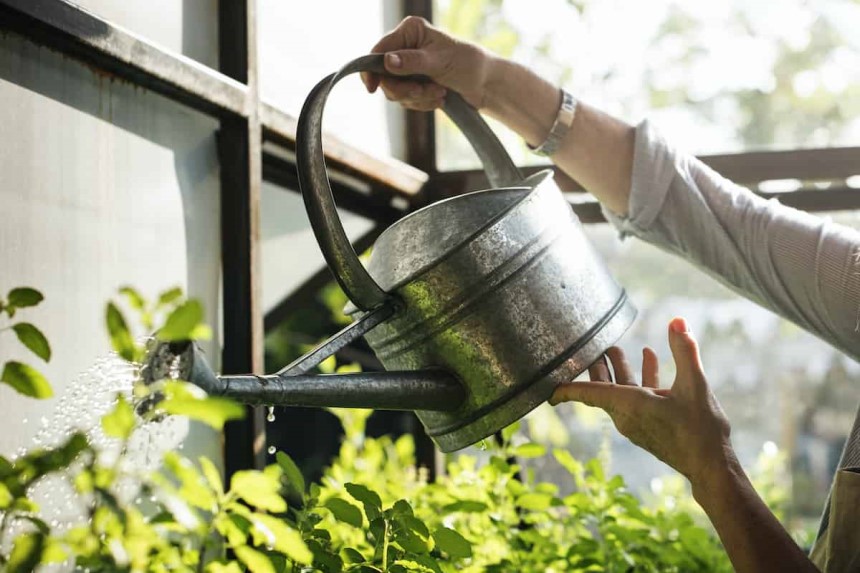
A greenhouse isn’t a miracle worker, and you won’t be able to grow everything in one. Some plants, for example, need a pretty constant temperature and humidity to grow, and this might conflict with other plants with different requirements. Professional growers will often have entire greenhouses dedicated to one type of crop. Some even require heating to get the best produce, which obviously has its own problems. This greenhouse Trusted Source Eco-friendly greenhouses grow food with waste heat Fossil fuels are often used as a source of heat in conventional commercial greenhouses, so this method also reduces carbon emissions. www.bbc.co.uk in the UK is a great example of an eco-friendly greenhouse that uses waste heat from a water treatment plant.
There are lots of different plants suitable for summer greenhouse growing. Choosing ones that need similar conditions is the best practice. Eggplants, bell peppers, and hot peppers are all grown in the same way Trusted Source BBC - Gardening - Gardening Guides - Techniques - Growing aubergines, chillies and peppers Grow plants in pots and place on a sunny patio, balcony or roof space. The process for sowing, germinating and potting on is the same for all three. www.bbc.co.uk , for example, and there are lots of varieties out there to choose from. Let’s take a look at some ideas of what to grow in your greenhouse in summer.
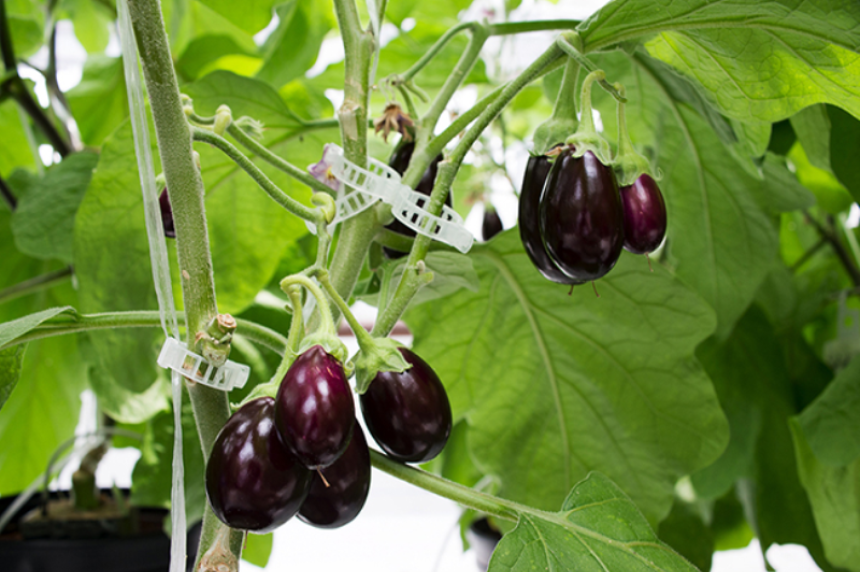
These plants need a lot of space when you’re planting them. One eggplant will yield a crop of between five and ten fruits, so when planning your greenhouse crops, bear in mind how many eggplants you use in your cooking.
Eggplants need loamy, nutrient-rich soil and a spot in the greenhouse that gets full sun for five hours or more per day. For the best results, they need good ventilation and so planting them close to a vent, or the door will mean they have the best chance. Be cautious, though, as eggplants are sensitive to the cold and so make sure you close the door or vents at night.
You should have a crop ready in mid-to-late summer. Knowing when to harvest is important. No matter what size the eggplants get to, you need to harvest them when you notice their skin dulling.
Growing tomatoes in a greenhouse are fun. For the best results, pay close attention to choosing the right soil and fertilizer. You might need to buy special compost and tomato food for the best results. The soil needs to be able to drain well. For tomato plants to thrive, they need good ventilation and air circulation, so don’t plant them too close together.
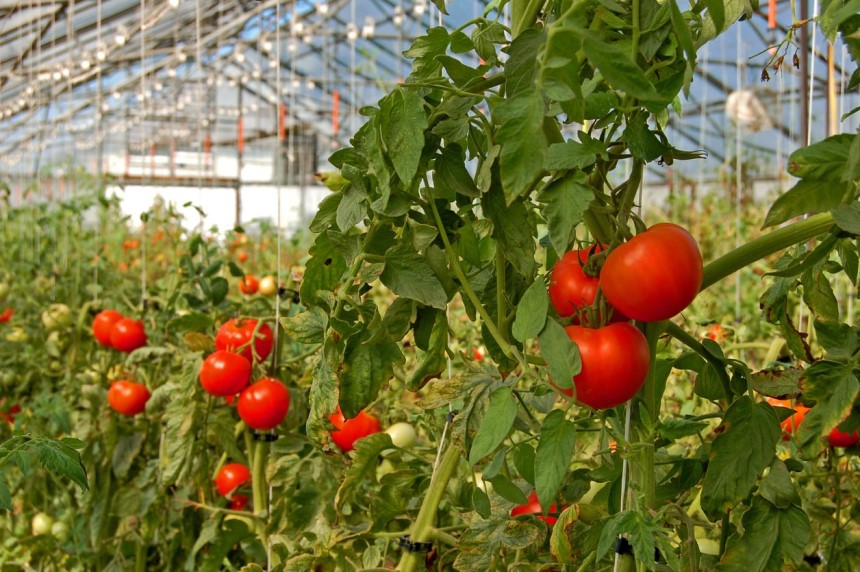
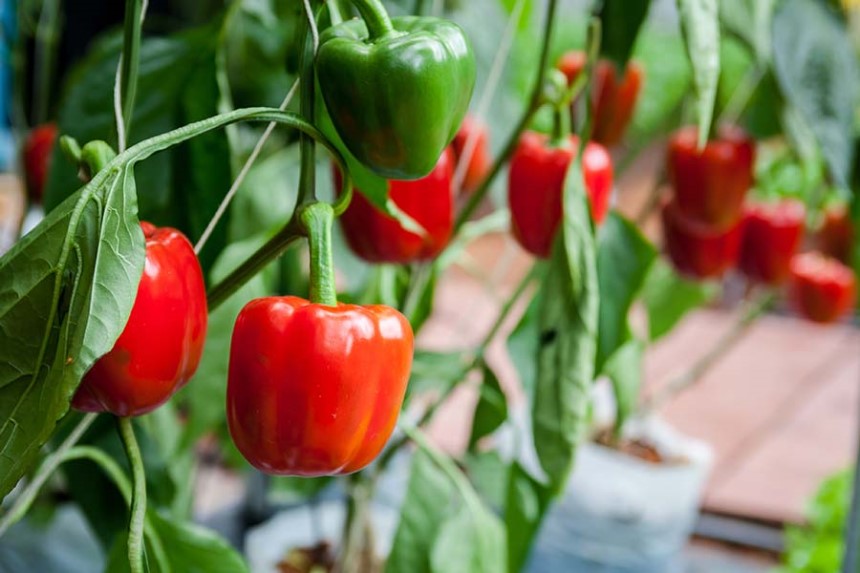
Hot peppers are very heat tolerant. They prefer warm temperatures and grow best if the soil is allowed to dry out in between watering. This is because hot pepper roots need to have oxygen. Watering little and often is best. Too much, and they’ll suffer, too little, and you won’t get good fruit. Hot peppers can be harvested when they’re any color. Green hot peppers have a different taste from the fully-mature red hot peppers.
Herbs are great for greenhouses because they flourish in dry and hot conditions. They don’t take well to being overheated, though, so monitor them carefully and offer shady areas in times of prolonged high external temperatures. Herbs don’t like dry conditions, and so monitoring humidity is needed. They will also need more water whenever conditions are breezy, hot, and dry outside. Don’t overwater, though. Rather, ensure that the soil remains moist. As for air circulation, this is important for herbs as they can have problems with disease control and moisture.
There are lots of different herbs that grow well in a greenhouse, including lavender, sage, rosemary, thyme, oregano, mint, parsley, marjoram, and chives. The greenhouse’s heat also provides perfect conditions for preserving and drying your own herbs for use in winter cooking.
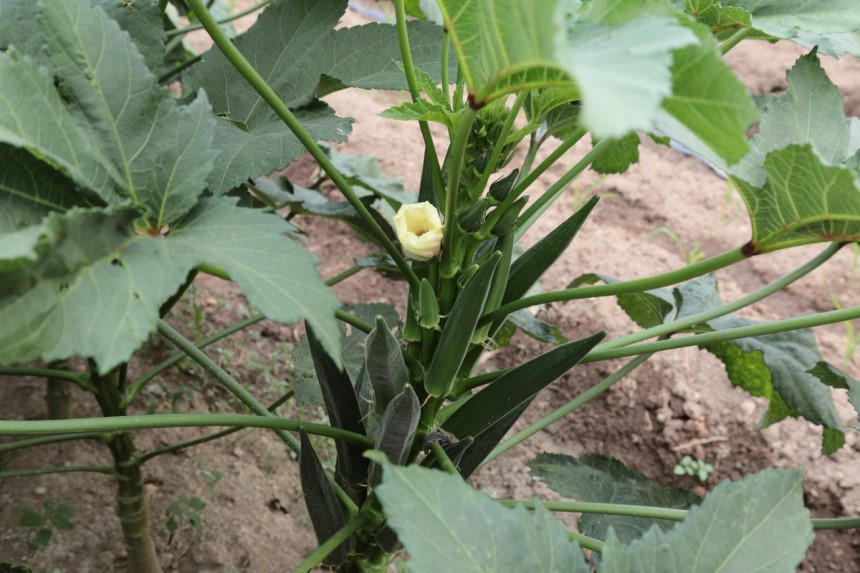
Known in many English-speaking countries as ladies’ fingers, okra originates in Africa and so welcomes the higher summer greenhouse temperatures. When you plant okra, you’ll need to thin out the seedlings once they’re a couple of inches in height. The plants need to be around a foot apart. You should also make sure that okra plants don’t cause too much shade for other sun-loving plants in the greenhouse.
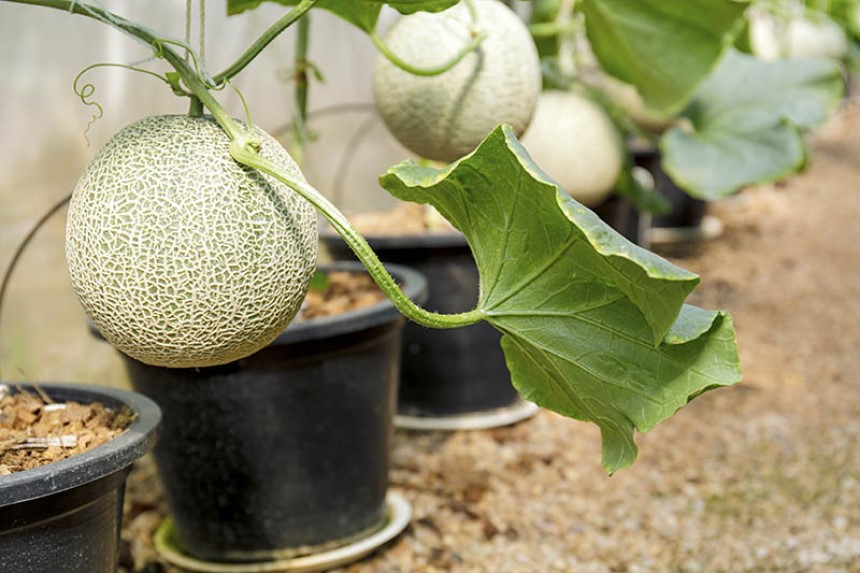
Want to go for big game growing? It is possible to grow melons in a greenhouse. Melons aren’t the easiest to grow, but there’s no reason why it can’t be done. You need to have temperatures between 18°C and 23°C (59°F to 73°F). The soil temperature needs to be kept at 21°C (70°F), so it’s best to keep the soil in the greenhouse before planting seedlings into it so that it is the right temperature.
When choosing what to grow in a greenhouse in summer, you have so much choice. Firstly, make sure that you’re well prepared. Plan your greenhouse plants carefully. Choose what you’re going to grow and where it’s going to go. Consider which plants need full sun and which prefer some shade. Next, think about ventilation. Some plants need more than others, so place these strategically around the space.
When it comes to watering, not all plants require the same level of care. Some will thrive will little and often, while others will need a good drink twice a day. Getting into a good checking schedule is a must. Some gardeners, for instance, choose to check their greenhouse plants before they turn on their lawn sprinkler.
Finally, growing in a greenhouse should be fun. Experiment with what you can grow, and don’t be scared of trying something more exotic like melons. Choosing what to grow in a greenhouse in summer is only the beginning of the fun!
